How St. Petersburg’s young people are reinventing the Soviet kommunalka
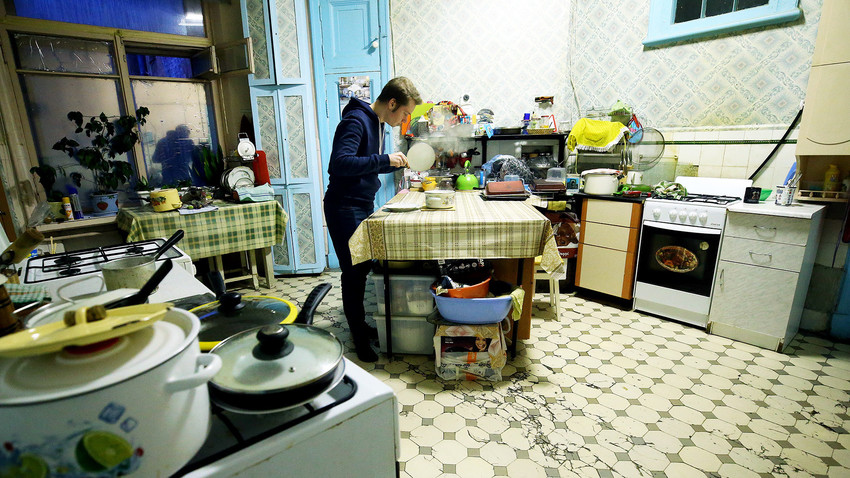
Just behind the Mariinsky Theatre is a neighborhood that is one of St. Petersburg's best kept secrets: Kolomna.
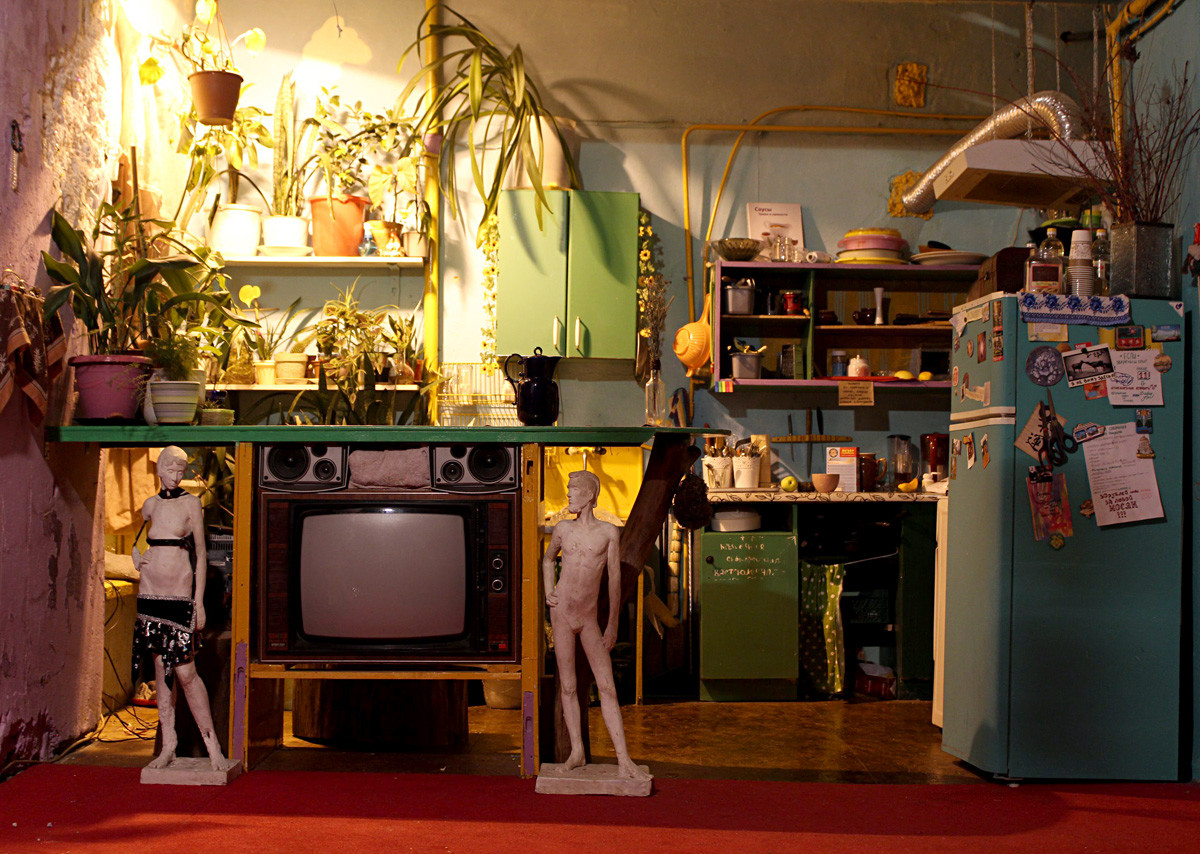
‘Triglinki’ is one of a number of new
If that seems off-putting, open the door and step inside. A broad cluster of sandals and winter boots fill a shelf near the entrance. Scooters hang from the wall and origami cranes dangle tastefully from strings. Soft electro-pop comes from large kitchen speakers, a piano stands against the wall and Christmas lights blink from a low shrub. At any given moment, members may be found cleaning, planning events, arguing over tea, doing yoga or plotting the next bout of redecorating and renovation
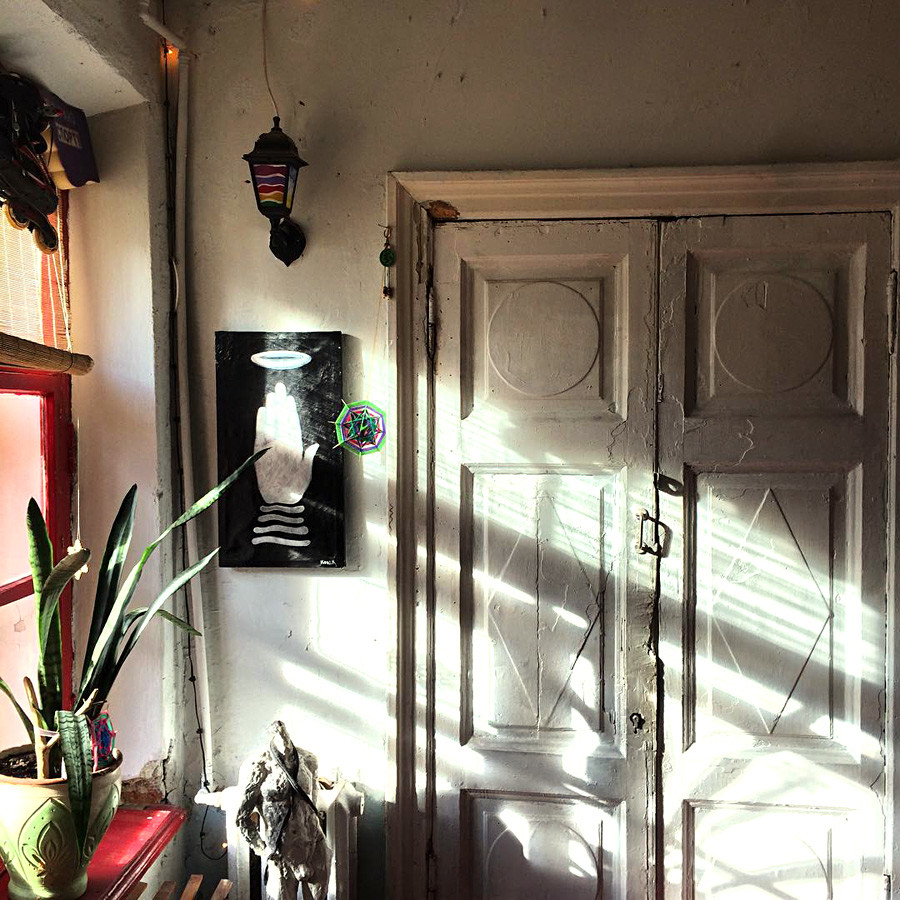
A brief history of the kommunalka
Kommunalkas are like regular apartments with one distinguishing feature: individual rooms are often large enough to house whole families. People in the Russian capitals started co-renting apartments back in the Tsarist period, but after the Bolshevik Revolution the term kommunalka became a Soviet phenomenon. Lenin saw in them a truly Communist potential – people from different classes and backgrounds living side by side – and went on to encourage co-living to rapidly urbanize a population that was still overwhelmingly rural.
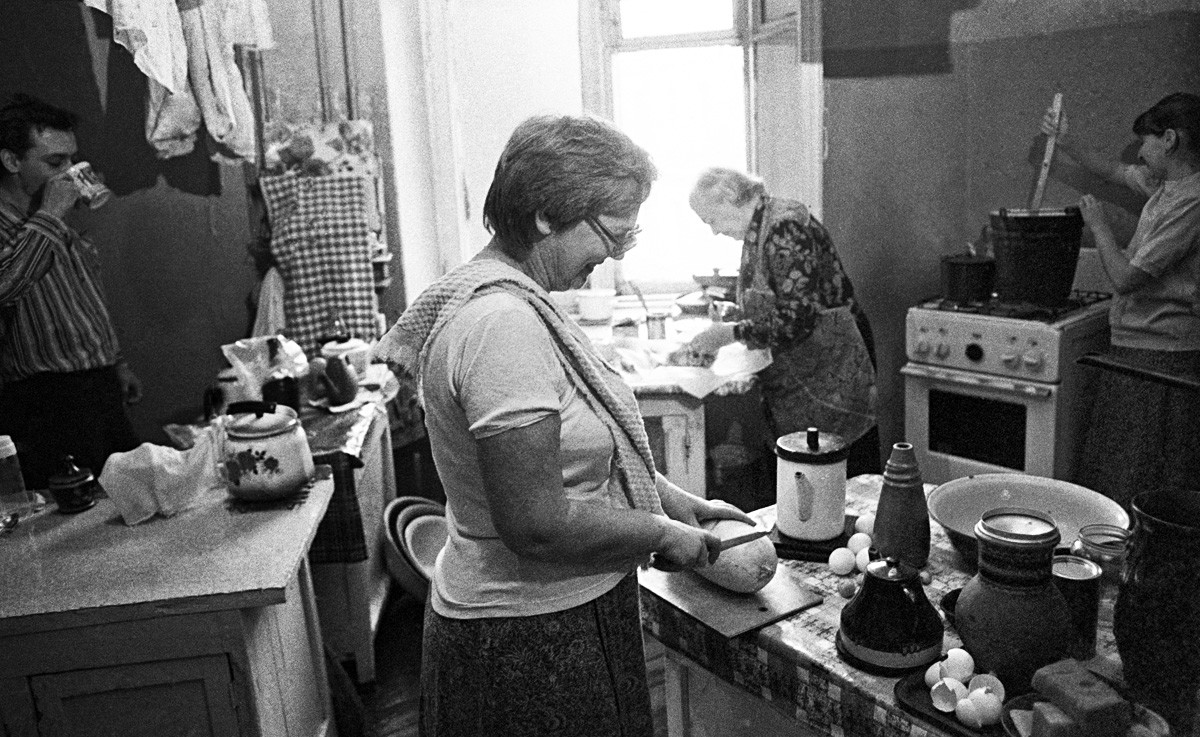
Kitchen in a communal flat in Moscow
Oleg Ivanov/TASSWhen Khrushchev came to power after Stalin’s death, housing reforms allowed some families to move into very small, albeit private, apartments, although large chunk of the population continued to live in kommunalkas. Which makes more than a few locals wonder why young people are consciously choosing to occupy them today.
Motivation for communal living
“Anyone can move into another kommunalka,” says Ruslan Larochkin, Triglinki’s founder. “But not everyone can make what we’re trying to make here. We don’t want to just be roommates – we want to make a small family.
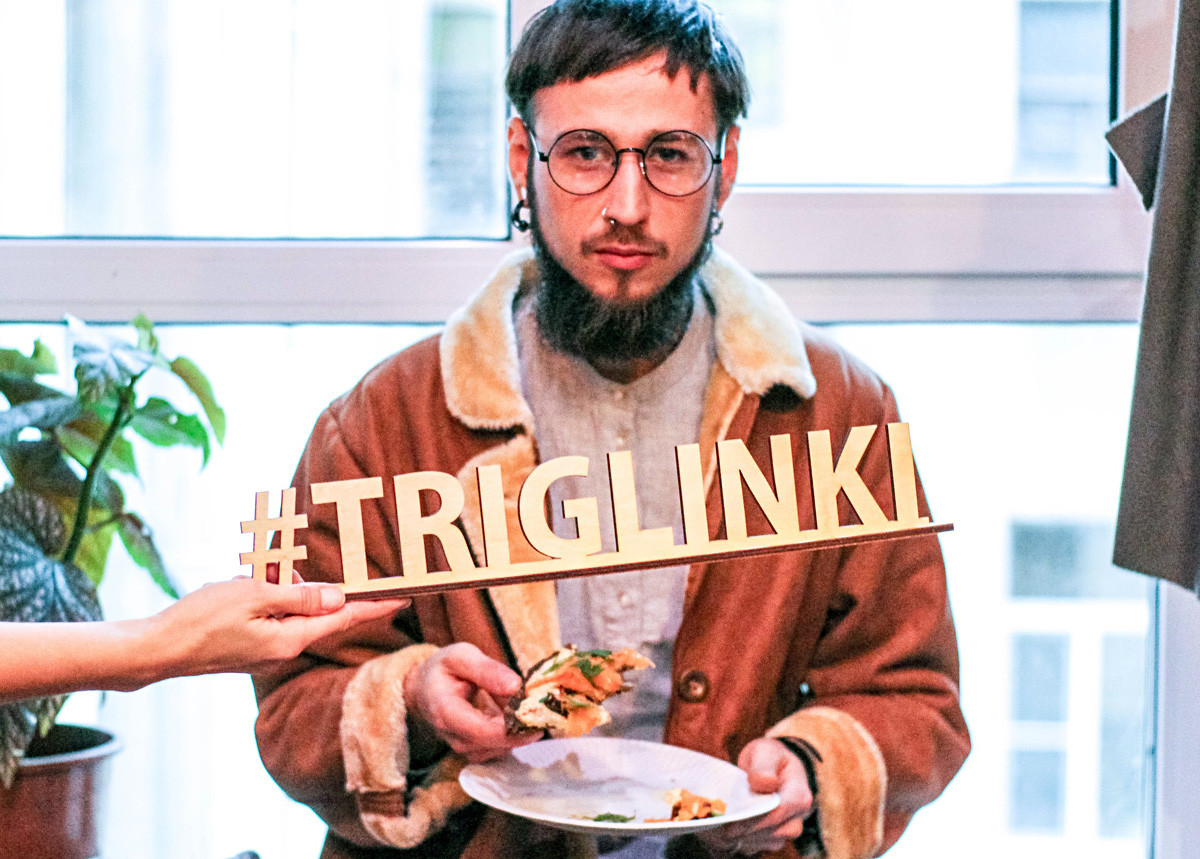
Ruslan Larochkin
TriglinkiThis DIY aesthetic is present everywhere in the apartment, from bathroom collages to flags in the kitchen to the regular events that take place in shared spaces like the living room. Concerts, restaurant days and movie nights are a regular thing. Foodsharing, recycling and a good cup of tea are part of what glues the apartment’s roommates together.
Just a few blocks
Polyakova’s own platform, Trava, serves as one of the city’s more vibrant grassroots event collectives – facilitating anything from masterclasses to themed excursions to anti-discrimination spaces – and a number of other

While for some these spaces may come across as neo-bohemian paradises, the day-to-day realities of common life are unavoidable. Misunderstandings and the pressures of living in close proximity to others are part of the package. Life in these
Successive generations
Sometimes there are events that combine the old and new. Recently Kubometr marked its fifth birthday and celebrated by inviting Natalia Patkul, a woman who lived in the same apartment decades ago, to speak about her experience.
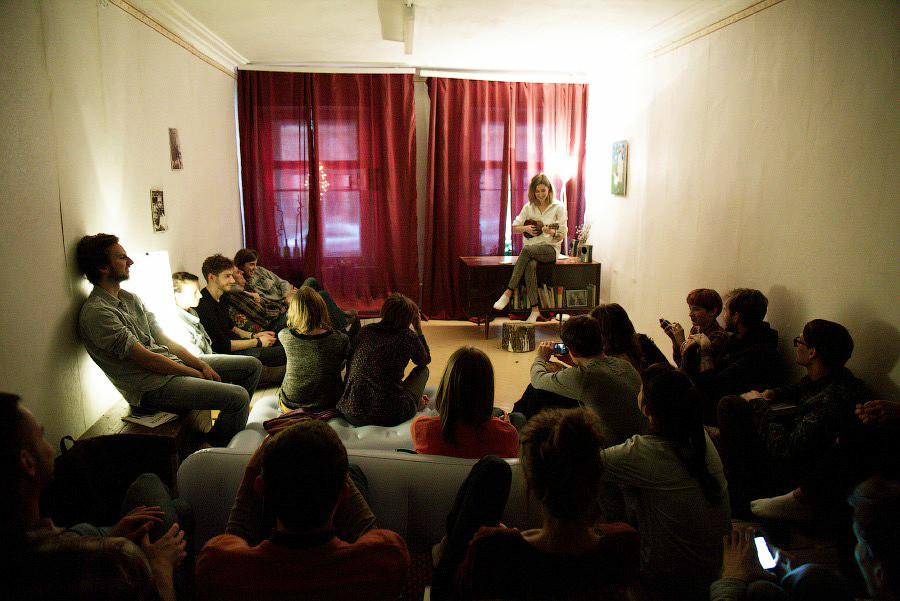
“For me,” she says, “it’s important that the apartment is the same as it was. Some details are exactly like they were in my childhood. I’m very glad that the apartment has such an atmosphere now – I like the people who live here, and I like what they do. Not every apartment has such a fate.”
When asked if she thinks kommunalkas will eventually disappear, she demures. “Changes are inevitable, and every period has their own trends. Even if kommunalkas vanish, we’ll eventually feel a kind of romantic nostalgia for them.”
READ MORE: 5 bizarre rules for Soviet-era communal living
If using any of Russia Beyond's content, partly or in full, always provide an active hyperlink to the original material.
Subscribe
to our newsletter!
Get the week's best stories straight to your inbox